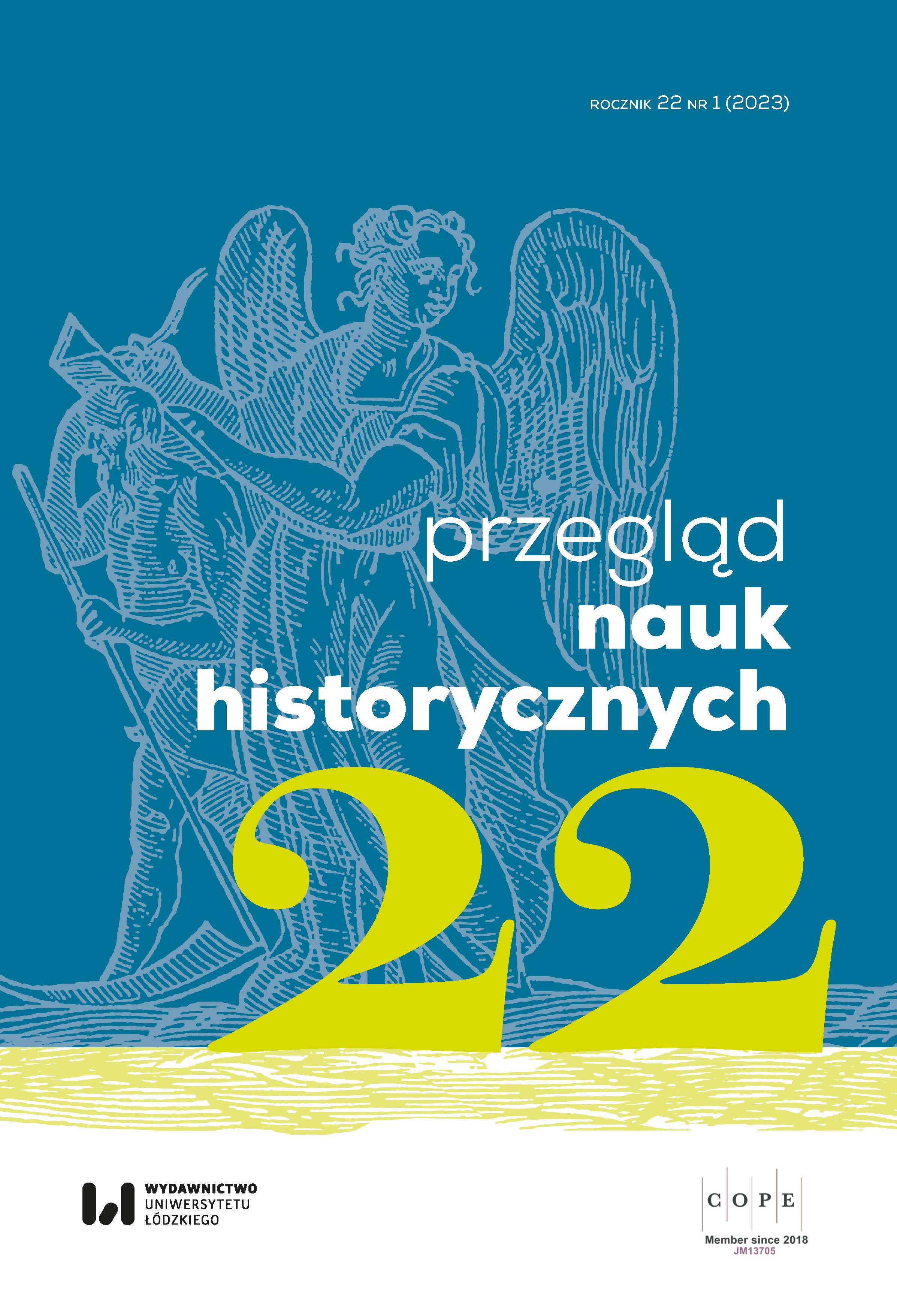„Zaufanie mi w interesach śp. JW. Państwa i Dobrodziejstwa było wypróbowane…”. Współpraca urzędników dworskich z Katarzyną z Potockich Kossakowską (1722–1803), kasztelanową kamieńską
“Trusting Me with the Interests of the Late Lord and Lady Benefactors Has Been Proven…”. The Collaboration of Court Officials with Katarzyna Kossakowska née Potocka (1722–1803), the Wife of the Castellan of Kamień
Author(s): Urszula Kicińska Subject(s): Gender Studies, Cultural history, Environmental interactions
Published by: Wydawnictwo Uniwersytetu Łódzkiego
Keywords: correspondence; Potocki family; women’s court; economic activity of women; court officials; ordinance
Summary/Abstract: In old Poland, when one of the spouses died, the surviving parent took over not only the care of the orphaned children, but also of their property, making every effort to prevent it from squandering. As the consequence of the almost simultaneous death in February 1768 of the married couple Marianna neé Kątska, and Eustachy Potocki, the care of their children had to be assigned to the relatives or trusted associates of the late Lithuanian artillery general. Eventually, the responsibility for the upbringing of the young Potockis fell upon Katarzyna Kossakowska née Potocka (d. 1803), their aunt and Eustachy’s younger sister. Kos sakowska was married to the castellan of Kamień. She carried out this duty between 1768–1772 and throughout this period she was also a legal leaseholder of the Potockis’ property. This meant that the guardianship of the Potockis’ children was directly connected to Kossakowska’s taking over the management of the property and preventing it from dissipating. This discourse is based on letters addressed to Katarzyna Kossakowska written by property administrators, stewards, and plenipotentiaries who had been subjects of the late parents. After their death, all of their staff, together with the leased property, ended up under Kossakowska’s management. Almost immediately, the staff began striving for her acceptance and trust to keep their positions, regularly reporting to the new benefactress on the economic condition of the lands and estates. The content of the studied correspondence allows us to witness the relations between the subjects and their benefactress and determine the economic and social background of the functioning of the Potockis’ estates under Kossakowska’s watchful eye.
Journal: Przegląd Nauk Historycznych
- Issue Year: 22/2023
- Issue No: 1
- Page Range: 79-106
- Page Count: 28
- Language: Polish

